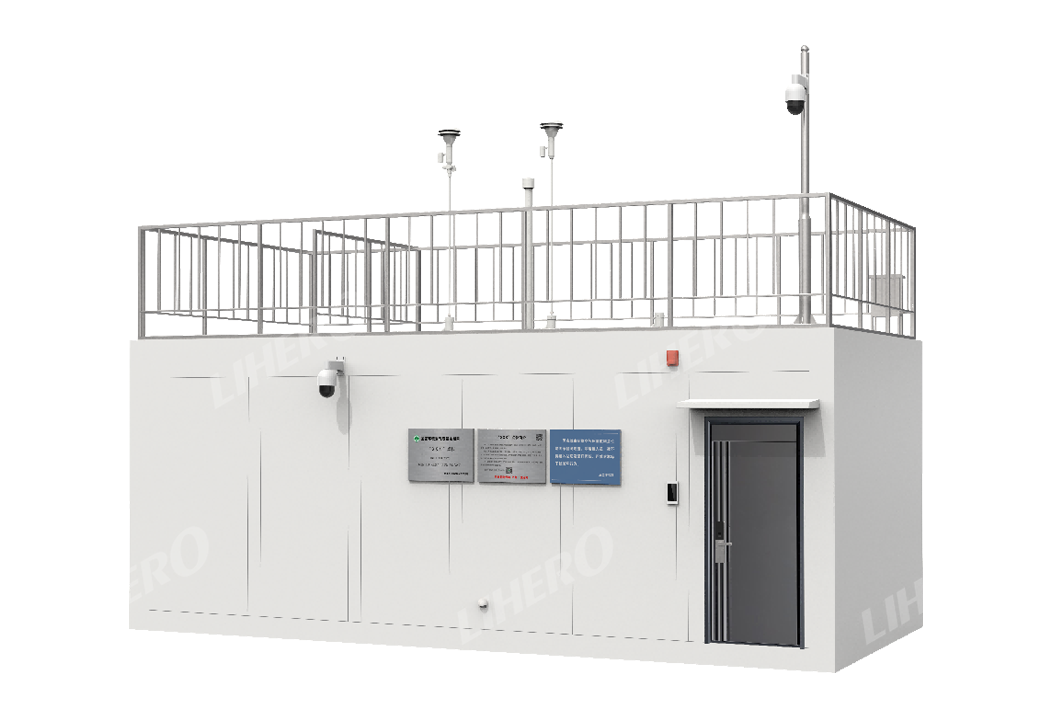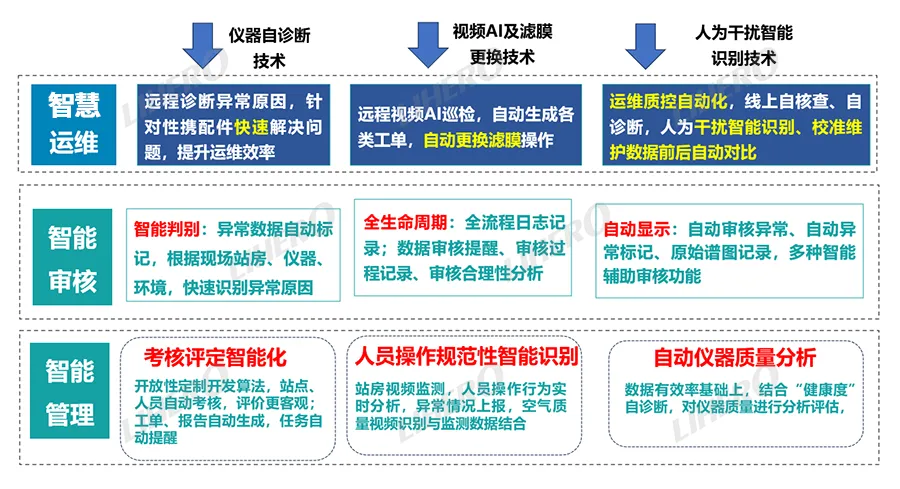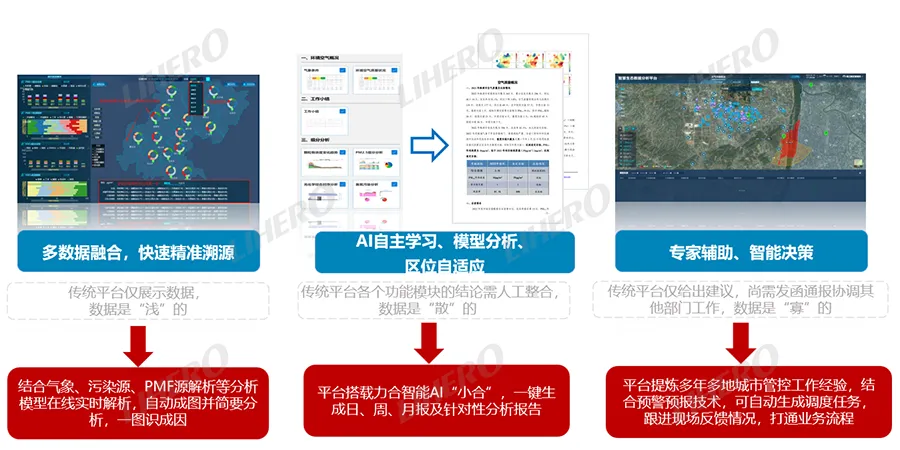
NEWS
2024-05-31
Accelerating the establishment of a modern ecological environment monitoring system and promoting the digital transformation of ambient air quality monitoring have become the current development goals in the field of environmental monitoring. From January to March 2024, the State Council's "Opinions on Comprehensively Promoting the Construction of a Beautiful China", the Ministry of Ecology and Environment's "Implementation Opinions on Accelerating the Establishment of a Modern Ecological Environment Monitoring System", and the China National Environmental Monitoring Center's "Key Points for Deepening the Innovation and Application of National Ecological Environment Smart Monitoring in 2024" all provided theoretical guidance and policy support for smart monitoring, smart applications, and digital transformation in the field of environmental monitoring.
Introduction to the “Three Intelligences in One” System
Smart equipment
Instruments: miniaturization, unified interfaces, and standardized communication control, enabling direct interconnection between “instrument-base station-platform” and “non-contact operation”.
Integration: automatic adjustment of environmental equipment such as station room temperature and humidity control, security monitoring transmission and alarm of smoke and water sensors, automatic operation and remote control of operation and maintenance equipment such as filter replacement devices, and quality control equipment such as gas distributors.
Station: Through automatic control and remote control systems, the operating environment is guaranteed, data quality is guaranteed, information is shared collaboratively inside and outside the house, and intelligent monitoring applications are implemented.

Figure 丨 Appearance of smart station
Smart Operation and Maintenance
Smart operation and maintenance: It has functions such as instrument self-diagnosis, automatic filter membrane replacement and intelligent identification of human interference, basically realizing the automation of the entire process of operation and maintenance and quality control.
Intelligent audit: Not limited to the perspective of simple data audit, it combines multiple logical algorithms and correlation analysis algorithms to achieve a closed-loop audit process.
Intelligent management: All-round and multi-angle intelligent scoring to achieve the transformation from "people managing people" to "system managing people".

Figure 丨 Intelligent Operation and Maintenance
Smart Application
Precise intelligence, empowered by science and technology. "One network" for intelligent perception, "one set of data" for real and accurate, "integrated" for comprehensive evaluation. The base station is the hub and the platform is the brain. Relying on the base station and the platform, we can achieve intelligent identification, intelligent judgment, intelligent analysis, intelligent control, intelligent application, and intelligent decision-making.

Figure 丨 Smart Application
Effectiveness Analysis
Real-time monitoring
The safety performance of the station building is improved through video monitoring and intelligent early warning. Through data collection from sensors and data transmission from cloud servers, real-time monitoring and remote operation of the station building environment and instrument equipment status are achieved.
The safety performance of the station building is improved through video monitoring and intelligent early warning. Through data collection from sensors and data transmission from cloud servers, real-time monitoring and remote operation of the station building environment and instrument equipment status are achieved.
Smart Analysis
By utilizing information technology tools, we can fully tap the efficiency and value of data, realize functions such as intelligent pollution early warning, intelligent diagnosis of pollution causes, intelligent analysis of environmental conditions, and intelligent routine supervision of major pollution sources, and comprehensively improve the timeliness and scientific nature of decision-making.
Reduce costs and increase efficiency
Through energy-saving measures, equipment maintenance management, and intelligent AI technology, the station building operating costs can be reduced; at the same time, the threshold for data analysis technology can be lowered, the work efficiency of analysts can be improved, and the dependence on manual on-site maintenance can be reduced, thereby achieving the goal of reducing costs and increasing efficiency.

 31/F, Tower Two, Times square, 1 Matheson Street, Causeway Bay, Hong Kong
31/F, Tower Two, Times square, 1 Matheson Street, Causeway Bay, Hong Kong 86 (0)731-89736888
86 (0)731-89736888 overseas@lihero.com
overseas@lihero.com